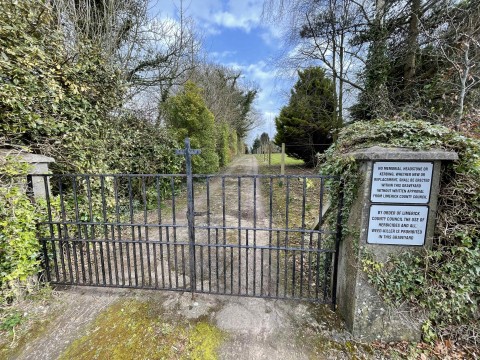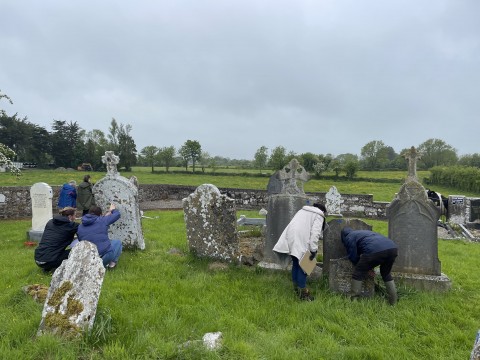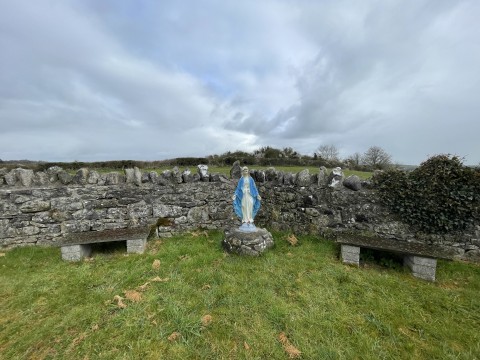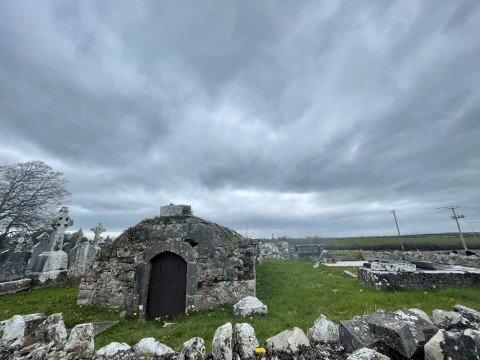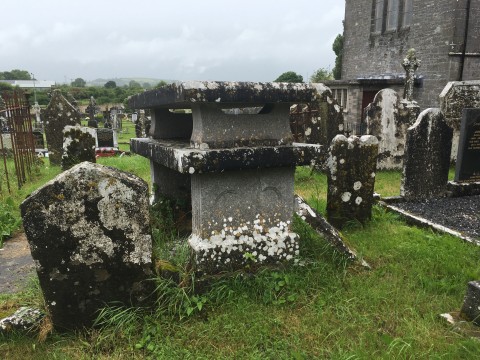This graveyard is in the townland of Ballyneety, in the parish of Pallasgreen and Templebraden and in the barony of Coonagh. The townland lies south of the village of Old Pallas and the N24, (Tipperary to Limerick city) is to the north, with the Limerick/Tipperary border immediately to the south.
Templebraden translates in Irish to Teampall Ui Bhrideain, (Logainm.ie). Teampall means church and Ui Bhrideain refers to St. Bridget. The nearby Roman Catholic church is also dedicated to St. Bridget.


